1369
How Odoo Helps D2C Brands Move From Growth Chaos to Series A Success?
08 Aug, 2025
5 min read
1369
08 Aug, 2025
5 min read
Table of Content
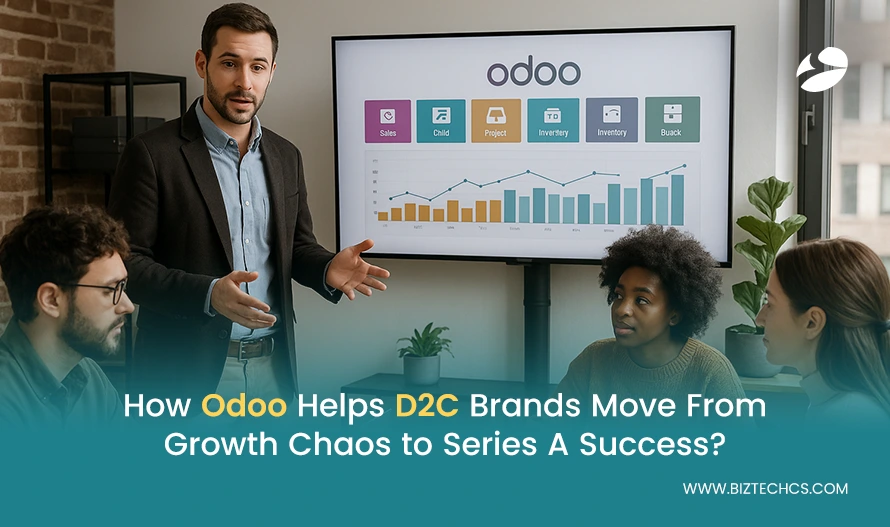
A fast-growing skincare brand in Mumbai was riding a 300% sales surge according to Shopify, but Zoho CRM told a different story. Refunds were buried in WhatsApp threads, key metrics scattered across endless spreadsheets, and late-night data marathons had become the founder’s new routine.
The breaking point came during an investor meeting when critical questions about customer acquisition cost, lifetime value, and repeat purchase rates were met with silence. That was exactly when BiztechCS stepped in with our signature question: ‘What if your system could track first-order cohort repeat rates by channel—in real-time?’
In that moment, the founder realized the real obstacle wasn’t growth—it was the chaos of disconnected systems. And solving that chaos was the first step toward turning rapid growth into investor-ready success with Odoo.
According to a report from The Business Research Company, the banking CRM software market is estimated to grow from $18.14 billion in 2025 to $34.48 billion in 2029, at a CAGR of 17.4%. For D2C brands specifically, this fragmentation creates what we call “revenue leakage”—the silent profit killer.
Our Mumbai skincare brand was bleeding from multiple wounds:
The Shopify-CRM Disconnect: Orders lived in Shopify, but customer insights died in Zoho. When a customer called about their third purchase, support agents had no idea they were talking to a high-value repeat buyer. Every interaction started from zero. A founder might ask at this point: “Isn’t this just a customer support inefficiency—why should it matter for fundraising?”
The answer is that when support teams can’t recognize repeat buyers, retention opportunities vanish. For investors, this directly impacts LTV, CAC payback, and ultimately the confidence that growth is repeatable. What looks like a small operational gap is actually an investor red flag.
The Attribution Black Hole: Email campaigns generated sales, but which ones? Instagram ads drove traffic, but which creatives converted to repeat buyers? Without proper attribution, their marketing budget was essentially gambling money.
The Fulfillment Fog: Tally managed fulfillment while Shopify tracked orders. When RTO rates spiked in certain pin codes, nobody could connect the dots to adjust logistics strategies.
The Head of Growth summed it up perfectly: “We’re scaling topline—but bleeding from repeat funnel blindness.”
This is exactly when BiztechCS stepped in with our signature question: “Are refund trends linked to SKU or buyer segment—or are you treating them as operational noise?” The answer revealed everything. At BiztechCS, we’ve learned that pre-Series A brands must tie every refund, complaint, and churn to product and cohort insights—your CRM becomes your investor lens, and we help you focus that lens precisely.
Curious about your own data fragmentation? Take a moment to count how many systems contain your customer data. If it’s more than three, you might be sitting on a goldmine of insights that’s currently buried in silos.
Here’s what most D2C brands get wrong: They think the solution is aggregating data from multiple systems. But aggregation is like putting bandages on a broken leg—it might stop the bleeding, but it won’t fix the underlying problem.
Gartner found that 53% of advertisers see CDPs as crucial for consistent omnichannel experiences, while 93% of marketers value CDPs for unifying fragmented customer data. This highlights the strategic importance of CDPs in business success. The key isn’t collecting more data—it’s creating a single source of truth where every customer interaction builds on the last.
This is where BiztechCS can help unify your approach with Odoo for operational excellence. Instead of forcing your team to jump between Shopify, Zoho, WhatsApp Business, and Excel sheets, we implement one ecosystem where:
At BiztechCS, we call this our “single source of truth” methodology—before scaling spend, we help you scale insight. We’ve learned to map buyers by behavior, not just basket size, because that’s what creates sustainable growth.
After working with dozens of D2C brands preparing for Series A funding, we’ve refined our approach into three phases that minimize disruption while maximizing insight velocity.
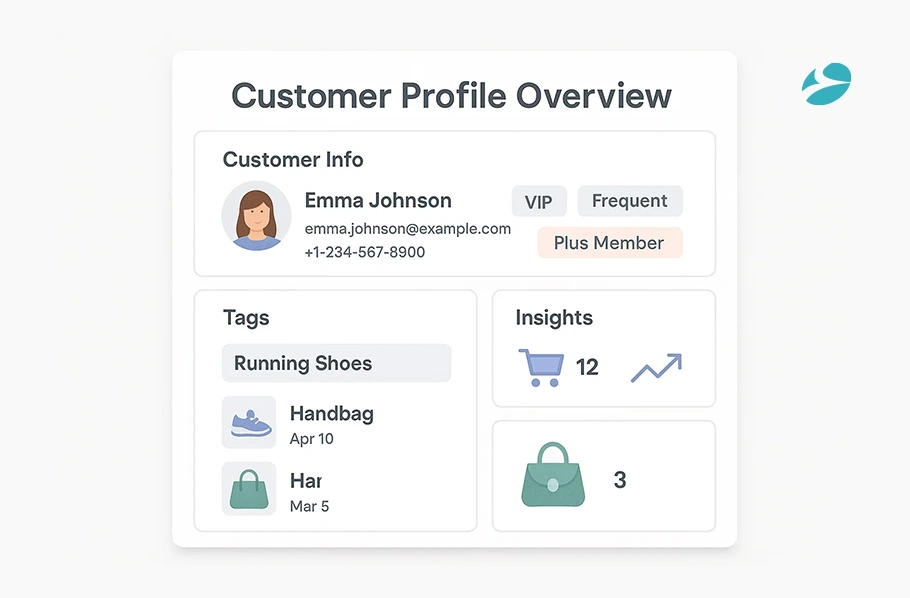
Week 1-2: Data Migration Without Disruption We start by syncing your existing Shopify store with Odoo’s eCommerce and CRM modules. But here’s the crucial difference: We don’t just move data—we enrich it.
Every historical customer gets auto-tagged with:
Week 3-4: Attribution Architecture Remember that question about influencer codes driving the highest LTV? BiztechCS can build UTM-based campaign attribution directly into your CRM. Now, when Priya from your marketing team creates an Instagram campaign, she can track not just clicks and conversions, but 90-day repeat purchase behavior. A common investor query here is: “But can’t I just export campaign data into Excel and do this manually?”
Technically, yes—but manual attribution introduces errors, lags, and incomplete visibility. With Odoo, attribution flows directly into customer records in real time. This means you can identify which campaigns generate profitable repeat customers before doubling down on ad spend, rather than waiting for an analyst to stitch data together.
Odoo Consultant Tip: In Odoo, campaign UTMs can be auto-captured via website + sales flows, and mapped against repeat purchase behavior. Setting this up early prevents the all-too-common “data gap” between first-click attribution and real LTV reporting.
The Immediate Impact: The Immediate Impact: Within 30 days, our Mumbai skincare brand could answer investor-grade questions like:
For the founder, this was the first time they could walk into an investor meeting armed with precise answers instead of guesswork.
Right now, if an investor walked into your office and asked you to show them your top 10% of customers by LTV and explain exactly how you acquired them, could you pull that report in under 5 minutes? This is the kind of investor readiness BiztechCS can build into every implementation. Our experience shows that the goal of Phase 1 isn’t perfection—it’s visibility. Once you can see your customer journey clearly, optimization becomes inevitable.
Ready to see what unified customer intelligence looks like for your brand? We’d love to show you how Odoo can transform your scattered data into actionable insights.
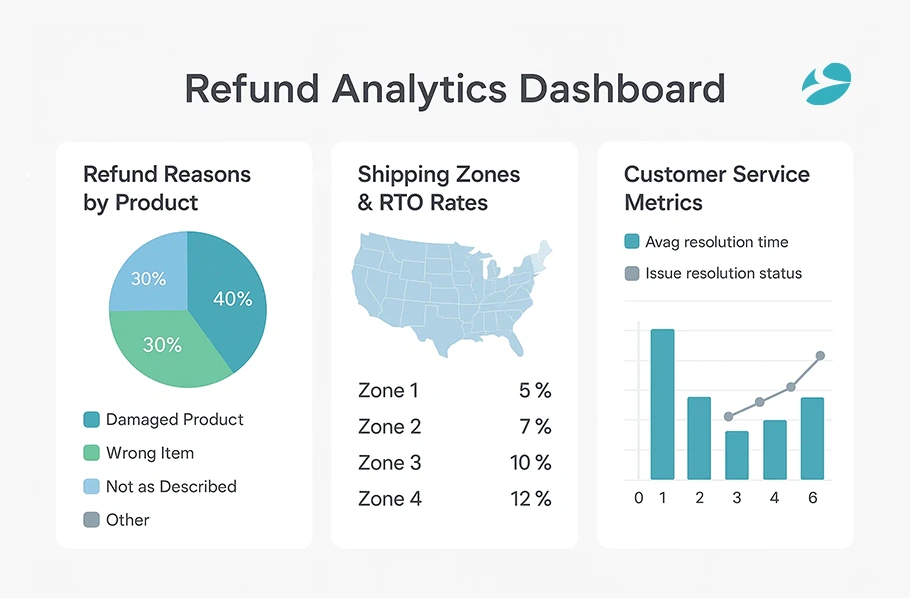
The second phase addresses what we call ‘the retention blindness’—when brands can acquire customers but can’t figure out why they leave.
Instead of treating refunds as operational noise, BiztechCS can create a refund reason code system tied directly to SKUs and customer segments. Now, every “didn’t like the fragrance” becomes data about product-market fit. Every “damage in shipping” becomes intelligence about logistics partners in specific regions.
The Mumbai skincare brand found that its best-selling serum had a notably high 23% refund rate, particularly among customers aged 18–25, primarily due to concerns that it was ‘too strong for sensitive skin.’ Instead of treating this as noise, they launched a sensitive-skin variant. Within weeks, refund rates dropped, repeat purchases grew by 40% in that demographic, and the founder could show investors a direct link between customer intelligence and product innovation. Naturally, a Head of Product might ask: ‘But how do we know whether this refund data is statistically significant and not just noise?’
That’s where structured coding in Odoo helps. By linking refund reasons to both SKUs and customer cohorts, patterns emerge quickly—showing whether an issue is isolated or systemic. This prevents reactive decisions based on anecdotal complaints and ensures product roadmaps are backed by clean, aggregated evidence.
Odoo Consultant Tip: Odoo allows refund reasons to be structured as dropdown values linked to products. By customizing reports, you can instantly see refund patterns by SKU, geography, or customer cohort—without exporting data into Excel.
BiztechCS can integrate WhatsApp Business API with Odoo’s helpdesk module. Now when Meera from customer service receives a complaint, she sees complete order history, previous support interactions, the customer’s LTV and segment, real-time shipping status, and purchase frequency patterns.
The magic happens in the context. When a high-LTV customer reports an issue, it gets priority routing. When a customer who typically orders monthly hasn’t purchased in 45 days and reports a problem, BiztechCS systems trigger a retention workflow.
RTO rates were killing margins in certain pin codes, but nobody knew which ones or why. BiztechCS can build zone-wise analytics to reveal shipping partners with consistently high RTO rates and geographic clusters where customers are more likely to return products.
Armed with this data, they negotiated better rates with logistics partners and adjusted their shipping strategy to reduce RTO rates by 31% in high-risk zones.
The third phase is where technical implementation meets business strategy. Investors don’t care about how many features your CRM has—they care about unit economics, cohort behavior, and scalable growth patterns.
Dashboard Design for Due Diligence: BiztechCS can build executive dashboards specifically designed for Series A conversations. CAC by Channels with real acquisition costs, including hidden fees, organic allocation, and content creation costs. LTV by Cohort showing month-over-month repeat purchase behavior with refund-adjusted revenue. Channel ROI reveals which marketing investments actually drive profitable, repeat customers. And Operational Efficiency tracking fulfillment costs, RTO impact, and customer service ROI per segment.
At this stage, an investor is likely to ask: “How do we know your LTV and CAC aren’t just projections?” Because every number is tied directly to live transactions in Odoo, not models in a spreadsheet. CAC includes all hidden costs—from agency retainers to influencer commissions—while LTV adjusts for refunds, RTOs, and actual repeat rates. These aren’t guesses; they’re investor-auditable metrics that update in real time.
Odoo Consultant Tip: Odoo’s Studio app allows the creation of investor-ready dashboards without complex coding. The trick is not to overload them with vanity metrics—focus on CAC, LTV, RTO, and cohort retention, all auto-updated from live transactions.
The Cohort Story: Instead of just showing total revenue growth, these dashboards from BiztechCS can reveal the cohort story that investors really want to see. March 2024 customers had a 34% higher repeat rate than January 2024 customers—because they’d optimized their onboarding sequence based on CRM insights.
Real-Time Investor Answers: During investor meetings, the founder could pull up live data to answer questions like:
The founder told us, “For the first time, I felt like I was presenting facts, not hopes. The investors could see our systems working, not just our revenue growing.”
For the Mumbai skincare brand, this shift was game-changing. What started as sleepless nights spent wrestling with spreadsheets became a confident Series-A pitch—backed by real-time Odoo dashboards that answered every investor’s toughest questions.
At BiztechCS, we’ve learned that investors have seen too many brands with vanity metrics and fluffy growth stories. What they’re looking for is evidence of systematic, repeatable, profitable customer acquisition and retention. Your CRM becomes your proof, and we help you present that proof convincingly. If an investor asked to see your cohort analysis by acquisition channel right now, would you have clean data ready, or would you need to “prepare something” for next week? This is exactly why BiztechCS focuses on real-time, investor-ready metrics from day one.
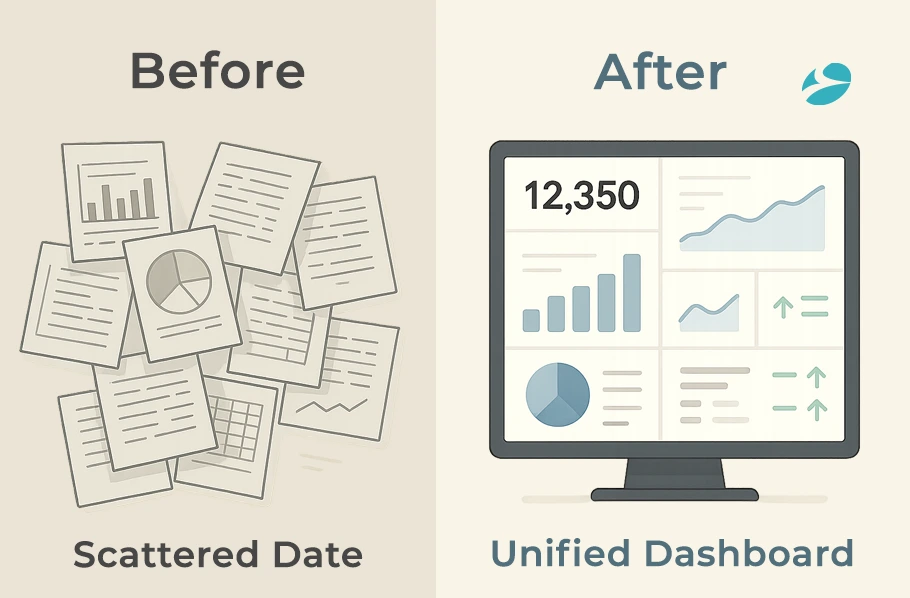
Within 60 days of implementation, our Mumbai skincare brand had transformed from a fast-growing but operationally chaotic startup into an insight-rich, investor-ready business:
Six months later, they successfully closed their Series-A round. The lead investor specifically mentioned their ‘sophisticated understanding of unit economics and customer behavior’ as a key factor in the investment decision.
But here’s what really mattered to the founder of the Mumbai skincare brand:
“For the first time, I felt at ease—not because we raised money, but because I finally understood our business. When growth slowed in month 8, we didn’t panic; our systems showed us exactly why it was happening and what to do next.”
This is the real story: a brand that went from growth chaos to Series-A success in just 60 days of Odoo-powered transformation. Their journey proves that when D2C brands replace scattered systems with a single source of truth, they don’t just survive hypergrowth—they turn it into investor-ready confidence.
Odoo Consultant Tip: The fastest wins in the first 60 days usually come from data migration with enrichment + refund workflows automation. If you’re tight on timeline, prioritize these two areas before scaling to advanced segmentation.
This story isn’t unique. MarketsandMarkets reports that the global CDP market is expected to grow from around $9.72 billion in 2025 to over $37 billion by 2030, signaling substantial adoption among companies seeking unified customer data strategies.
In today’s D2C landscape, every brand has access to the same advertising platforms, influencers, and products. BiztechCS can help you build a competitive advantage through retention intelligence.
Brands that can answer “why do customers come back?” will always outperform brands that only know “how did customers find us?”
Here’s what separates successful D2C brands from those that plateau: systems that grow with them. Shopify + Zoho + WhatsApp + Excel might work at ₹50 lakhs revenue per month. At ₹5 crores, the manual processes break, the data gets messier, and growth actually becomes the enemy of profitability. A CEO often asks here: “Do I really need to invest in this now, or can I wait until I hit larger revenues?” Waiting only compounds the chaos. The cost of retrofitting systems later is far higher than building a scalable foundation early. By the time you’re chasing Series A, investors expect clean data.
Odoo’s modular approach means your system evolves with your business. Need manufacturing management for your private label expansion? Add the MRP module. Ready for international expansion? The multi-currency and tax management features are already integrated. Planning subscription box offerings? The subscription management flows seamlessly with your existing customer data.
From an investor perspective, BiztechCS can help D2C brands with mature, integrated systems represent lower risk and higher potential returns. Investors will buy your ability to scale revenue predictably.
Ready to future-proof your scalability? From operations to investor dashboards, we’ll help you unify systems, eliminate data chaos, and position your brand for Series-A success.
Ready to transform your D2C operations? Here’s how to think about your Odoo implementation timeline:
The BiztechCS Difference What makes our approach different is the focus on business outcomes, not just technical implementation. Every feature we set up is designed to answer a specific business question or solve a specific operational challenge.
We don’t just migrate your data—we structure it for insights. We don’t just connect your systems—we create workflows that drive behavior. We don’t just build dashboards—we design them for decision-making.
Odoo Consultant Tip: During this stage, always set up field-level validations in Odoo (e.g., mandatory UTM, SKU codes, refund reason fields). This prevents “dirty data” from entering your system and keeps later reporting clean for investors.
1. Integration Beats Aggregation Don’t try to make disconnected systems work better together. Build one system that does everything well.
2. Customer Data Is Your Competitive Moat In a world where everyone has access to the same acquisition channels, customer intelligence becomes your sustainable advantage.
3. Series A Readiness Requires Real-Time Metrics Investors want to see systems working, not just results. Your CRM should be able to answer any unit economics question in real-time.
4. Retention Intelligence Drives Profitable Growth Understanding why customers come back is more valuable than knowing how they found you.
5. Systems Should Evolve With Your Business Choose platforms that can grow with you rather than forcing you to migrate every 18 months.
Every D2C brand reaches a point where growth reveals the cracks in their operational foundation. The question isn’t whether you need integrated systems—it’s whether you’ll address it proactively or reactively.
BiztechCS has helped dozens of D2C brands navigate this transformation, from early-stage startups preparing for their first funding round to established brands scaling for international expansion.
If this story resonates with your current challenges, let’s explore what a unified customer intelligence platform could look like for your brand. We’d love to understand your specific growth stage, operational challenges, and Series A timeline.
The transformation doesn’t happen overnight, but it starts with a single decision: choosing systems over spreadsheets, integration over isolation, and insights over assumptions.
Ready to map your pre-Series A data stack? From Shopify to CRM to pitch deck, we can help you tie revenue to repeat behavior and turn growth chaos into investor-ready intelligence.
BiztechCS’s three-phase implementation typically delivers results within 60-90 days. Phase 1 (Weeks 1-4) establishes Shopify sync and customer intelligence with campaign attribution. Phase 2 (Days 31-60) implements refund workflows, customer service integration, and zone-wise logistics analytics. Phase 3 (Days 61-90) creates investor-ready dashboards and advanced segmentation. Real brands have achieved 31% RTO reduction, 45% faster support response times, 80% improved refund traceability, and unified customer records across all touchpoints within the first 60 days.
Odoo implementation costs vary based on business size and complexity, typically ranging from $10,000-$50,000 for D2C brands preparing for Series A. This includes data migration, system configuration, integrations, training, and 90-day support. However, most brands see ROI within 6-12 months through reduced operational costs (45% faster support response), improved marketing efficiency (19% lower CAC), decreased returns (31% RTO reduction), and increased repeat purchases (40%+ growth in targeted segments). More importantly, the unified data system significantly increases Series A valuation by demonstrating operational maturity and scalable unit economics to investors.
Yes, Odoo’s customizable refund workflow allows you to implement structured reason codes linked to specific SKUs, customer cohorts, and geographic zones. Instead of treating refunds as operational noise, every “didn’t like the fragrance” or “damaged in shipping” becomes actionable intelligence. You can instantly generate reports showing refund patterns by product line, customer age group, acquisition channel, or shipping partner. This helped one skincare brand discover their bestselling serum had 23% refunds among 18-25 year-olds due to sensitivity issues, leading them to launch a gentle variant that increased repeat purchases by 40% in that demographic.
Yes, Odoo seamlessly syncs with Shopify through native connectors that automatically transfer orders, customer data, inventory, and product information in real-time. Beyond Shopify, Odoo integrates with WhatsApp Business API for customer service, payment gateways, shipping providers, email marketing platforms, and social media advertising tools. This means you can maintain your existing Shopify storefront while Odoo unifies all backend operations—eliminating manual data entry and ensuring every customer interaction is tracked in one central system regardless of which platform they use.
All product and company names are trademarks™, registered® or copyright© trademarks of their respective holders. Use of them does not imply any affiliation with or endorsement by them.

Odoo
103
By Uttam Jain
13 Nov, 2025
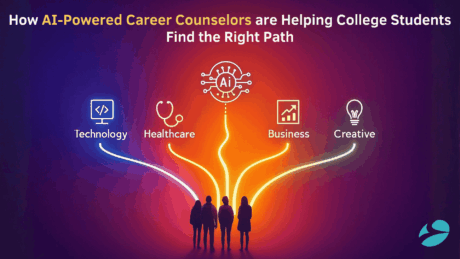
Artificial Intelligence (AI)
296
By Afzal Qureshi
28 Oct, 2025
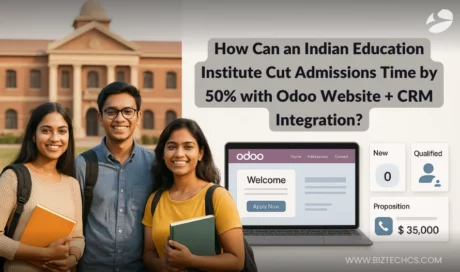
Odoo
178
By Uttam Jain
28 Oct, 2025